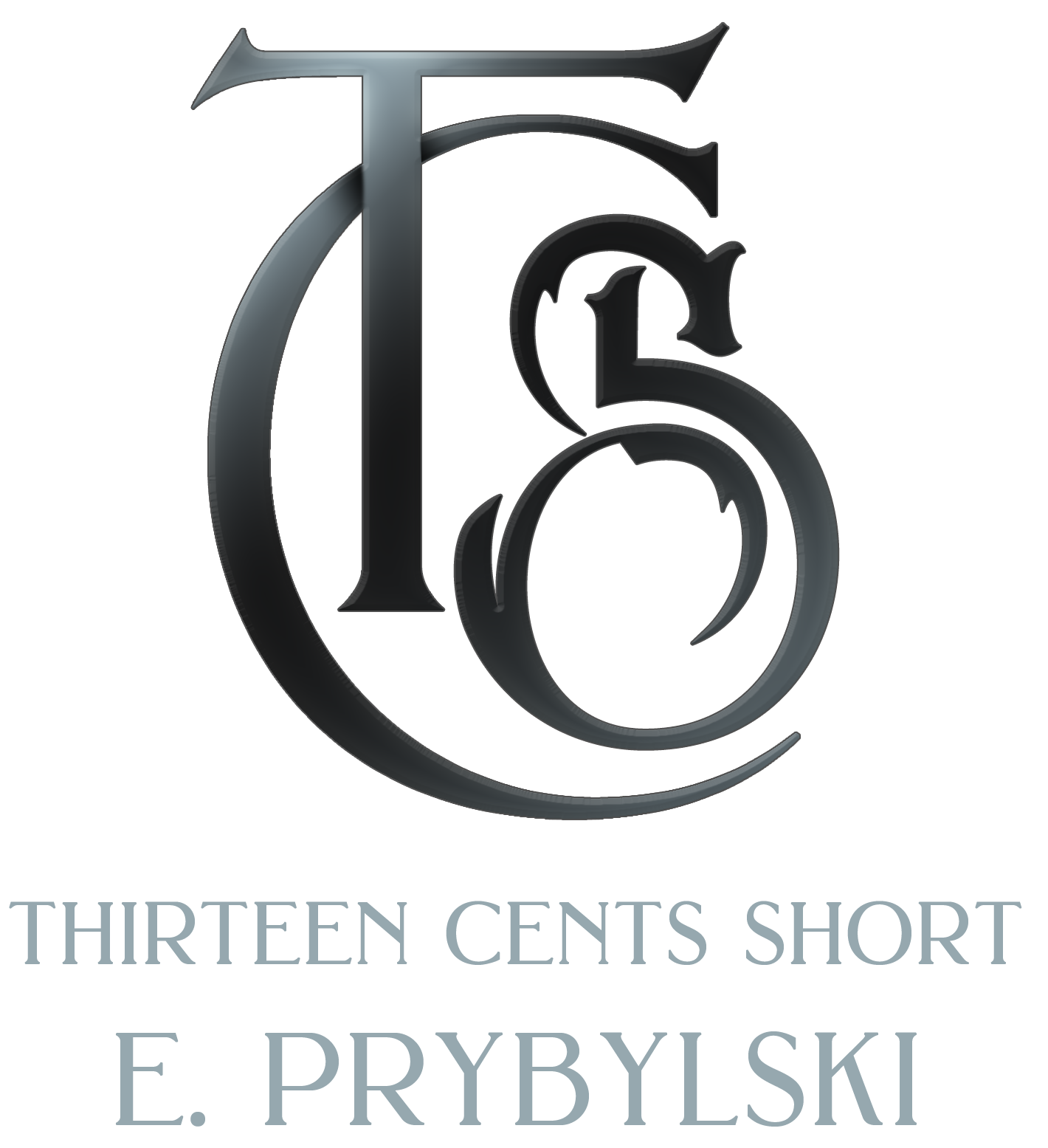This is the start of a few interrelated blog posts about my newest creation as a tool for storytelling: The Star Point Method. However, in order to explain that, I need to start with this. I tried to combine the Star Point Method into this blog about tension, and it was getting too wordy, so you’ll get an explanation on the Star Point Method next week. Until then, however… let’s start with tension. Apparently I’ve been defining it differently than many folks do in writing, and during the talk I gave on the Star Point Method during the conference, I came to realize, rather abruptly, that I was doing something different.
Let’s start by addressing what the heck tension is anyway.
I don’t identify tension as the stakes of a story. The stakes are the stakes. They can be high or low. That’s sort of dependent on the story itself and its ins and outs. But tension is more akin to potential energy. It is often driven by character emotions. For example, me going to the grocery store isn’t very high stakes, in the scheme of things. Unless it’s the day before Thanksgiving, and I forgot to buy a turkey. However, thanks to my social anxiety, it might be very high tension for me. My emotional state is very much on edge. My fears, of course, are the potentials. What if I forget something I need? What if I don’t put gas in the car and run out? What if I don’t have enough money in my account? What if there’s a bear in the freezer section?
Okay, maybe not that last one so much.
But you get my point. Tension is more about potentials than it is about stakes. In reality, if I forget something at the grocery store, I can just go back later. I’m lucky enough to live in an area where going to the grocery is hardly a trial for me, and if I forgot the ground ginger for the stir fry I’m making, I can go out again and retrieve it. Low stakes. But my emotional state might be extremely high.
Now, high stakes will usually mean high tension in a story. That’s absolutely true, but low stakes can, as in the above example, still be very high tension depending on how they’re written. Also, I’ve seen high stakes stories with very low tension on multiple occasions because of poor writing. So the inverse can be true.
Creating tension in your writing is, as many things are, all about emotions. What are your characters experiencing? What are they feeling? What are they afraid of? If I wrote a visceral piece about someone with social anxiety going to a grocery store, the piece might be incredibly high tension despite the stakes not being particularly significant. It’s all about digging into those emotions and bringing them out.
Tension can also be more than just fear. I describe it as the point of the roller coaster just before the fall, that height of potential energy. It could be the moment before two characters kissing for the first time. It might be a character excited about an upcoming event. It doesn’t have to be strictly negative in order to be effective for readers, but the key here is all about emotion.
Writing fiction is largely about emotion. That impact is what will keep readers coming back for more. It can turn a relatively calm plot into something that creates a lasting impression on the person engaging with it. If your writing doesn’t have a strong emotional punch to it somewhere, you’re going to be relying a lot harder on plot elements (spy novels, maybe) and other techniques. That isn’t to say emotional reactions are the easy route —they’re not — but they are an important part of the writing experience.
Think of your favorite works and consider the emotional moments you may have encountered. Is it Hazel joining Frith at the end of Watership Down? Is it “I don’t feel so good, Mister Stark”? Maybe it’s, “Since the invention of the kiss there have been five kisses that were rated the most passionate, the most pure. This one left them all behind.” Perhaps “Ed-ward…” is more your speed. (Not sorry.) Or even, “Leaves from the vine…” (Still not sorry.)
Whatever that moment is, think hard about the emotions conveyed there. Think about how they made you feel. And then think about how they accomplished that. What things in the storytelling made you feel that way and evoked those emotions in you? That’s going to be the key to creating tension.
Tension can also be about plot points. Figuring out how a character is going to infiltrate some compound to save their friends. Maybe pull of a heist. Maybe tension comes from argument between characters. There are a million ways to introduce and use it, but the key element in all of those is the feelings you evoke in your reader. After all, I can read a very dull and dry account of the storming of the beaches at Normandy. The actual event was anything but a boring moment in history. Anybody who lived it remembers it as a fever-pitch of screaming, terror, and blood. But I’ve read about it in history texts that made me want to throw them out a window. (And that’s why so many people think history is boring, historians. It’s written about in a manner that is!)
One of the most important tools in your toolbox of writing is going to be this principle, and if you learn how to wield it effectively, you are going to be unstoppable.
